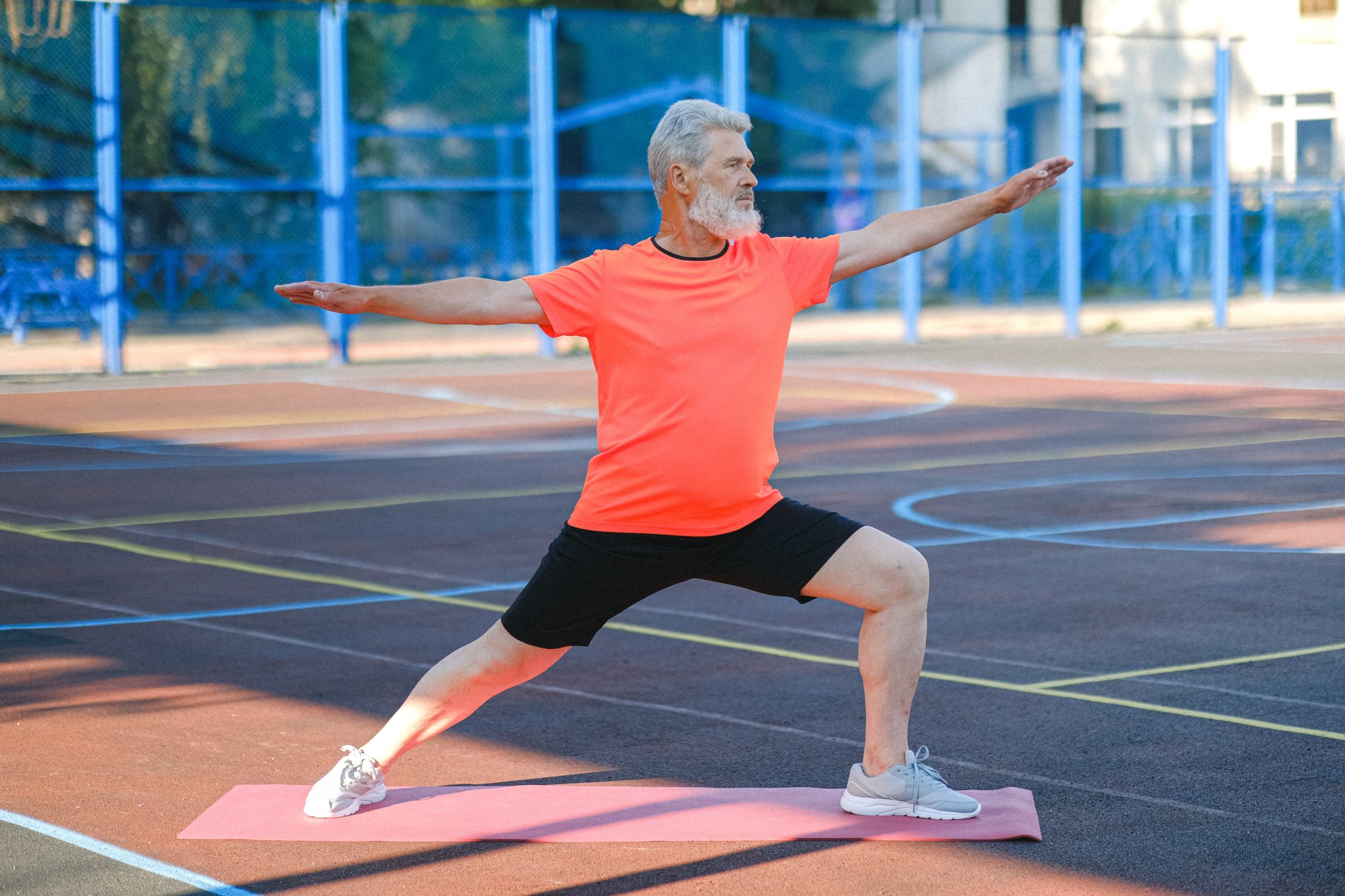Does Smoking Increase the Risk of Vein Disease?
If you smoke cigarettes, it’s important to know how this habit can affect your health and contribute to vein disease.
Smoking cigarettes can constrict the blood vessels resulting in poor circulation. This, of course, can lead to a higher risk of vein disease since good blood circulation is crucial for vein health.
While smoking is mostly associated with the damage it can do to the lungs, it can just as often cause serious problems with the heart and blood vessels. Vein disease is more than just a cosmetic issue where the veins swell and bulge. Varicose veins can lead to more severe health problems so even if you’re not bothered by their appearance, it’s important to address them as a preventative measure. Since the veins are responsible for transporting blood back up to the heart, anything that impedes proper circulation can also lead to heart problems.
Smoking can contribute to peripheral artery disease which decreases blood flow to the lower extremities. Although this problem is not caused solely by smoking, it certainly escalates the issue. By the time plaque builds up on the arteries in your legs, that’s usually a sign that it’s also built up in the heart and brain. You may notice signs of plaque build-up in the legs through pain or cramping during physical activity. This is a wake-up call that smoking is taking a toll on your physical health.
How Does Smoking Affect the Veins?
You’re probably already aware of the negative impact smoking can have on your health but you may not realize how exactly it can affect your vein health.
The Chemicals in Cigarettes Harden the Arteries
The majority of damage from cigarettes comes from the chemicals used in them. The main chemical, nicotine, can cause your arteries to harden which could lead to blood clots. There are over 7,000 other chemicals found in cigarettes that can impede blood flow. When your circulation is impacted, your body can no longer efficiently move blood back up to the heart.
Smoking Activates Fight or Flight Mode
When you smoke a cigarette, adrenaline is stimulated which activates the body’s fight or flight response. Essentially, the body is handling the nicotine as a stressor, and the blood pressure increases. When the blood pressure goes up, pressure on the vein valves also goes up. Continually increasing pressure on the veins will cause the vein walls to weaken and become less effective at pushing blood back up through the legs. Weaker veins are more susceptible to swelling and bulging.
Smoking Constricts Blood Circulation
Smoking can restrict blood flow and narrow the blood vessel walls, both of which can lead to varicose veins. The more a person smokes, the more severe the varicose veins can get. Varicose veins that are untreated can restrict proper blood flow to your heart which can cause ulceration, so this is another way that smoking can be dangerous for your heart health.
What Can You Do to Manage Smoking-Related Vein Disease?
You can’t reverse vein disease after it’s already developed but you can keep it from getting worse. There are diet and lifestyle changes you can adopt to help promote vein health and decrease the appearance of spider veins and varicose veins.
Quit Smoking
This one is obvious once you realize how smoking can directly contribute to vein disease by constricting the blood vessels. It’s certainly not easy to quit but there are a lot of resources out there to help you through it. Quitting smoking won’t make varicose veins disappear but it can help decrease the bulging and swelling associated with vein disease.
Start an Exercise Routine
One of the top ways to boost your health and help counteract some of the negative impacts of smoking is exercise. Nicotine affects your cardiovascular health so a smoking habit may make it more challenging to sustain exercise whether it be a workout at the gym or just climbing a flight of stairs. If you’re finding that everyday activities are making you feel winded, it could be related to smoking and vein disease.
If you haven’t been very active recently or find that light exercise is a struggle, it is recommended to consult your doctor. Together, you can come up with a plan of action to build up your stamina and cardiovascular health at a manageable pace. It’s better to be safe and start slow to gradually work your way up to longer, more intense exercise sessions.
To counteract some of the negative effects smoking has had on your cardiovascular system, it’s important to start building it back up with a regular exercise regimen. This will also help improve blood circulation that has been impaired by cigarette smoking. Physical activity can help you regain some of the vitality that has been sapped by a smoking habit.
Eat an Antioxidant-Rich Diet
Antioxidants are some of the most important nutrients for helping to reverse or decrease the damage from smoking. Antioxidants can help protect your cells from free radicals caused by cigarette smoke. Often, when a person tries to quit smoking, they may start to overeat and gain weight. Excess weight is also harmful to vein health, so that’s another reason to be mindful of your diet.
Some foods with the most antioxidants are:
- Dark chocolate- this is great to add to your diet to help with any sweet cravings. Make sure that it is dark chocolate, preferably with at least 70% cocoa, because it is much higher in minerals and antioxidants.
- Blueberries, Raspberries, and Strawberries- these little berries are loaded with more antioxidants than most other commonly consumed fruits and veggies. They contain an antioxidant called anthocyanins which help to lower blood pressure, which also decreases pressure on the veins.
- Kale- this leafy green vegetable has earned itself a stellar reputation. It is one of the top antioxidant-rich foods and contains vitamin K which is known to help thin the blood, helping it to circulate more freely.
- Spinach- this vegetable is loaded with vitamins, minerals, and antioxidants.
To easily incorporate these foods into your diet, you can toss them into a smoothie with some almond milk and ice. This will give you a quick, easy antioxidant-rich meal that will taste great while helping you boost your vein health.
Summary
Now you know how smoking can increase the risk for vein disease, including varicose veins and what lifestyle and dietary changes you can make to prevent or reduce the risk of vein disease. Awareness of what makes you more susceptible to venous insufficiency can help you make the changes you need to promote the health of your veins. As much as quitting smoking and adopting healthy habits can help to reduce the risk and symptoms of vein disease, they are not 100% guaranteed to prevent or eliminate vein problems.
While a healthy diet and lifestyle are extremely helpful for decreasing the appearance of varicose veins, it’s important to seek out professional care if the problem persists. If you’re experiencing symptoms from vein disease that don’t respond to diet and lifestyle changes, contact us today to book an appointment.





